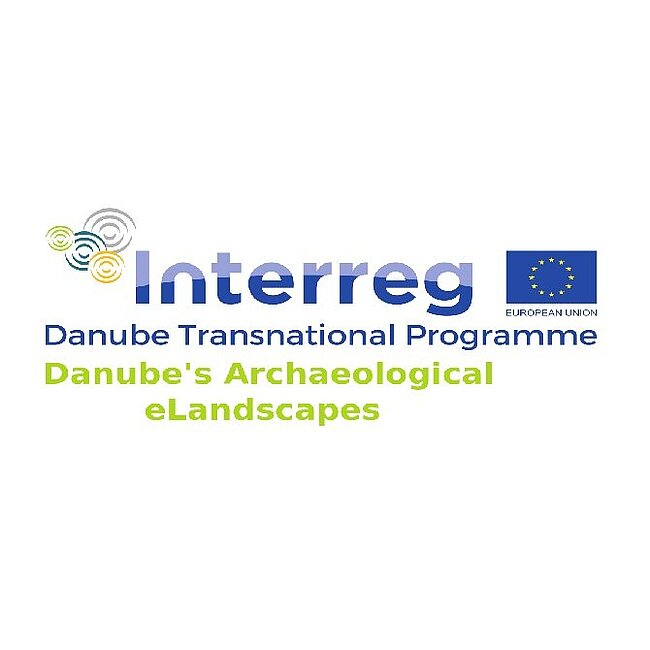On July 1st 2020, the EU project "Danube's Archaeological eLandscapes" was launched under the leadership of Universalmuseum Joanneum. For a total of 30 months, 23 partners from ten countries have set themselves the goal of making the archaeological heritage and in particular the archaeological landscapes of the Danube region more visible and thus more attractive at regional, national and international level with the help of state-of-the-art technologies. The project, which was co-financed by the EU-programme Interreg Danube Transnational Programme, gave new impetus to the digitisation of Europe's archaeological heritage.
The rich and culturally diverse archaeological heritage of the Danube region is an integral part of our cultural heritage. It also offers great potential for the development of tourism, but is constantly faced with the challenge of not being immediately recognized. New technologies can now help to visualize archaeological heritage in a completely new way and make it accessible to the public in an attractive way.




















